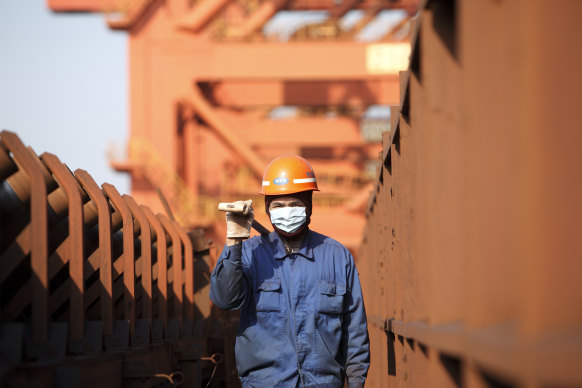
In EV production, BYD is China’s largest manufacturer. One may argue that price cuts jump-started its sales. In the second quarter, the company sold 426,000 units, putting it within striking distance of Tesla Inc., the world’s biggest EV seller. “Competition is the rule of nature” that businesses must embrace, Chairman Wang Chuan-Fu said in early June, when his peers complained bitterly about oversupply.
Thirdly, Xi’s 2015 supply-side reform was a bit misleading in name because a major component ended up boosting demand — the other side of the equation. For the shantytown redevelopment program, the government bought old homes and relocated families, especially in smaller cities, and revamped these areas with new infrastructure spending. That explained 58 per cent of improvement in steel prices, versus capacity cut’s 42 per cent, according to IMF estimates.

There isn’t enough global demand to absorb all the lithium batteries, solar modules or steel that Chinese factories can produce.Credit: Getty
This time around, stimulating demand is a lot harder. Much of it is overseas. Last year, exports accounted for 37 per cent, 42 per cent and 19 per cent of China’s battery, solar and EV production, respectively, according to Goldman. To help its manufacturers, the government could only speed up EV adoption at home with more cash subsidies. Unfortunately, that incremental gain in the domestic market can be easily eroded by worsening geopolitical tensions between China and the West.
These factors perhaps explain why top policymakers have not come up with concrete actions even though they are clearly worried about the industrial oversupply and its impact on corporate profits as well as the broader economy.
Loading
As such, China’s excess capacity problem will have to fester until even its industry leaders call it quits. That may be some years away.
Bloomberg
The Business Briefing newsletter delivers major stories, exclusive coverage and expert opinion. Sign up to get it every weekday morning.









 Add Category
Add Category